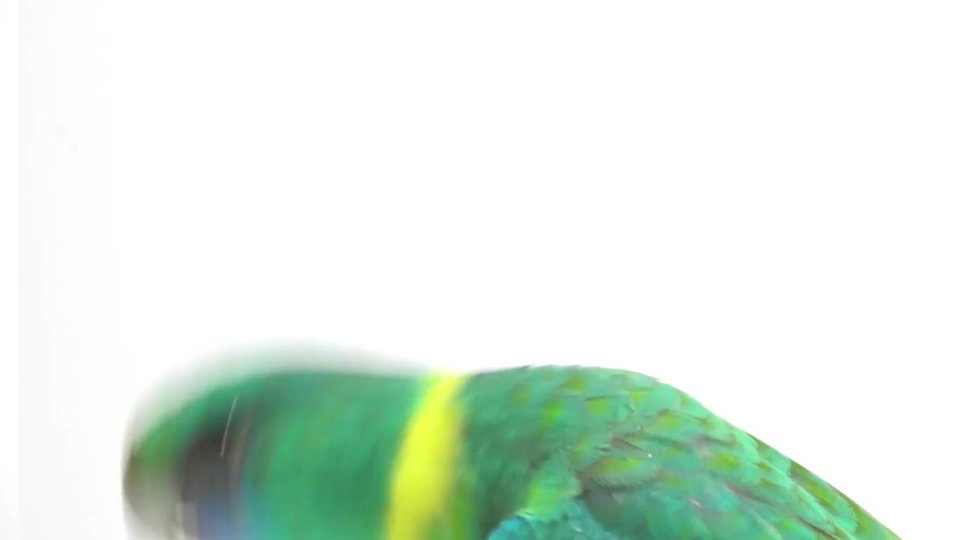Thisblue‑throatedmacawiscritically endangered.
It’sawallofsound.TherearehundredsofchirpingbirdsatUmgeniRiverBirdPark.Listenclosely.Youmighthearablue‑frontedAmazonparrotsingingscales.That’saskillitprobablylearnedfromitsprevious owner.
ManyoftheparrotsinthiszooandbreedingcenterinDurban,SouthAfrica,arerescues.Theyweregivenupbypeoplewhowereunpreparedtotakecareofsuchneedyandlong‑livingbirds.Someparrotscanlivetobe80years old.
Therearemorethan350speciesofparrotsintheworld.Theparrotfamilyincludesparakeets,macaws,cockatiels,andcockatoos.Thedrawtokeepparrotsaspetscanbeirresistible.Theyarehighlysocialandintelligent.Theycanmimichumanvoices.Theyarecapableofcreatingmeaningful,powerfulbondswiththeirowners.It’snowonderthatparrotsareamongthemostpopularpetbirdson Earth.
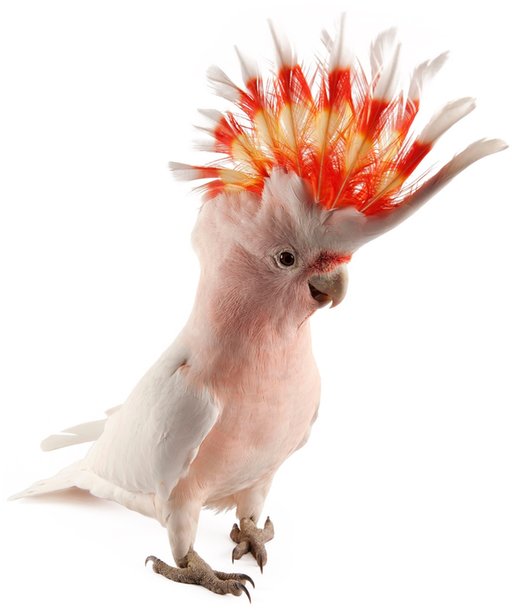
MajorMitchell's cockatoo
ParrotsatRisk
Parrotsmaybepopular,buttheyfacealotofdangers.Inthewild,deforestationandhabitatlossaremajorthreats.Thegrowinghumanpopulationtakesupspace andresources.Rain forestlands,wheremanylive,areclearedforbuilding materials.
Warmingtrendsintheenvironmentcanalsoresultinhabitatdestruction.Climatecanaffectfoodsources.Itcanalsodisruptbreedingcycles.Pollutionfromacidrainandpesticidescankillparrotsandputfutureparrotsatrisk.Disease,too,isa threat.
Butthereisoneriskevengreaterthanthese.It’spopularity.Unfortunately,thehumandemandforparrotsaspetsseems limitless.
Therearemanysuccessfulparrotbreedingprogramsacrosstheworld.Theyraiseparrotsincaptivitytosellaspets.Despitethis,manyparrotsarestilltakenillegallyfromthe wild.
“IntheUnitedStates,ifyougobuyaparrot,theoddsofitbeingcaptivebredare99 percent,”saysDonaldBrightsmith,azoologistatTexas A&M University.But“ifyou’reinPeru,CostaRica,orMexico,thechancesofitbeingwildcaughtare99 percent.”
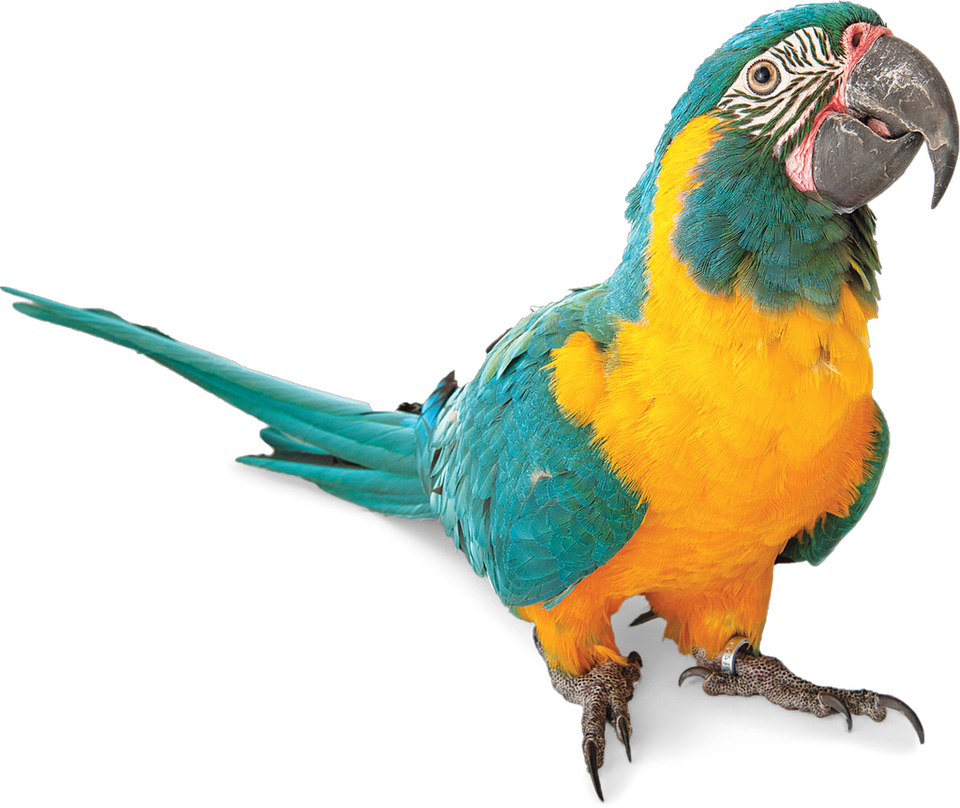
ParrotDiversity
Parrotspeciesliveinrangesonfivecontinents.TheAmazon,NewGuinea,andAustraliahavethegreatest variety.
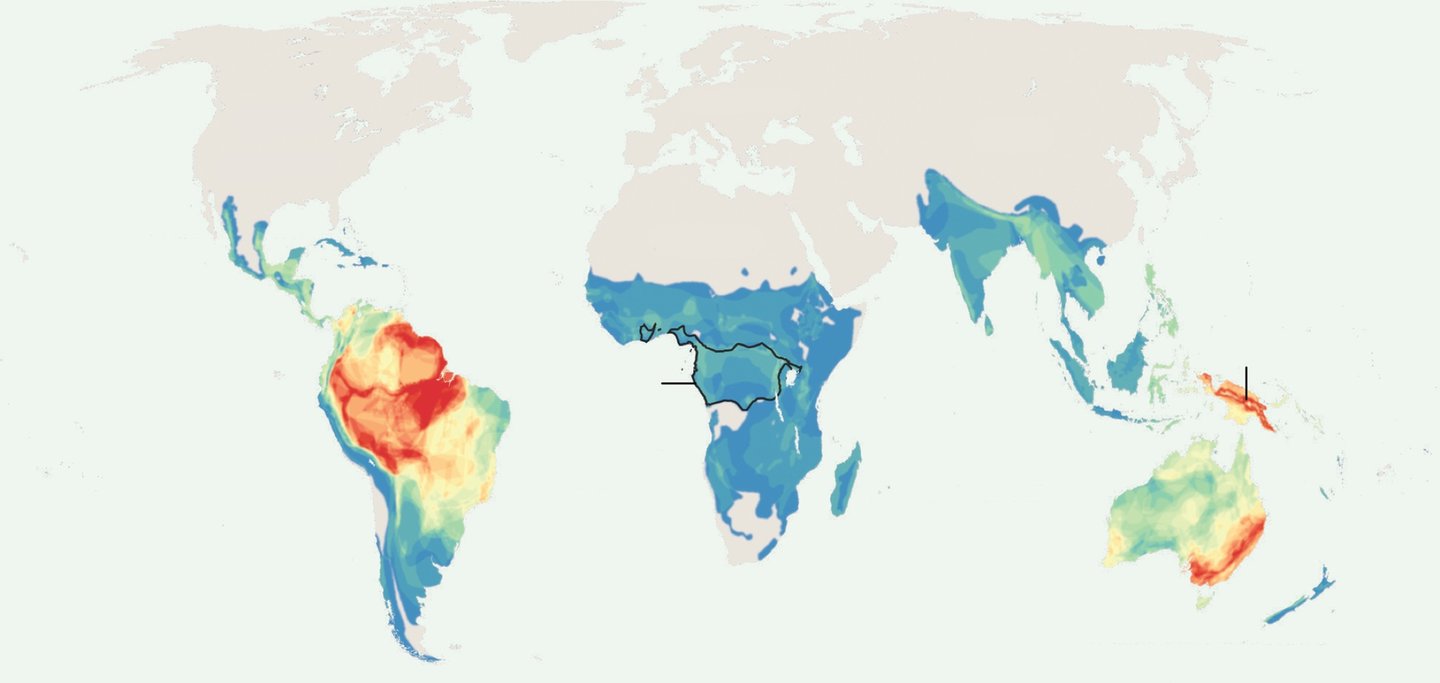
North America
South America
Africa
Europe
Asia
Australia
Amazon Basin
New Guinea
African gray parrot range
numberofparrot species

fewer
more
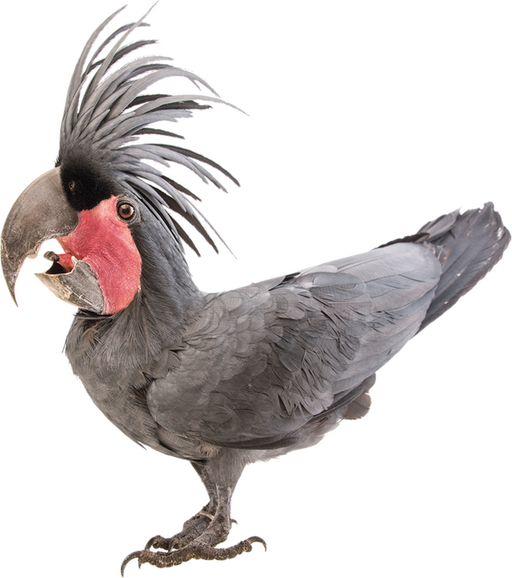
DIDYOUKNOW:
Palmcockatoosonlylayoneeggeverytwoyearsandhaveoneofthelowestbreedingsuccess rates.
ParrotPopularity
Onereasonwildparrotsendupaspetsistheillegalwildlifetrade.Thesameorganized‑crimegroupsthathavemadebillionsofdollarstraffickinganimalpartssuchaselephanttusksandrhinohornshaveaddedparrotstotheirlist.Forexample,asingleAustralianpalmcockatoohasbeenknowntofetchupto $30,000 ontheblack market.
Currently,allbutthreeofthe350parrotspeciesqualifyforprotectionundertheConventiononInternationalTradeinEndangeredSpecies,orCITES.CITESismadeupof179nations—allwiththesamegoaloffightingtheillegalwildlife trade.
TheillegalparrottradeisatitsworstinLatinAmericaandtheCaribbean.Herethelawsagainstitarenotalwaysstrictorcanbedifficultto enforce.
However,themostcovetedspeciescomesfromAfrica—theAfricangray.It’sthebesttalkerofthemall.Overthepastfourdecades,atleast1.3milliongrayshavebeenexportedlegallyfromthe18 countrieswheretheylive,accordingtoCITES.Yethundredsofthousandsmorehavelikelydiedintransitorbeentakenillegallyfromtherain forestsofWestandCentral Africa.

Africangray parrots
ThecenterofthistradeisSouthAfrica.ItexportsmoreAfricangraysthananyothercountry.Historically,mostorderscamefromtheUnitedStatesandEurope.However,lawsbanningthebirdtradeclosedthosemarkets.TheMiddleEastnowfillsthevoid.SouthAfricaexportedthousandsofgraystothatregionin 2016.
Thatyear,CITESmadeacontroversialdecision.ItaddedtheAfricangraytoaspeciallistofotheranimalsthreatenedwithextinction.Tocontinuesellingbirdsabroad,breedersmustnowprovetoCITESinspectorsthattheirAfricangraysareraisedincaptivity,notcaughtinthe wild.

